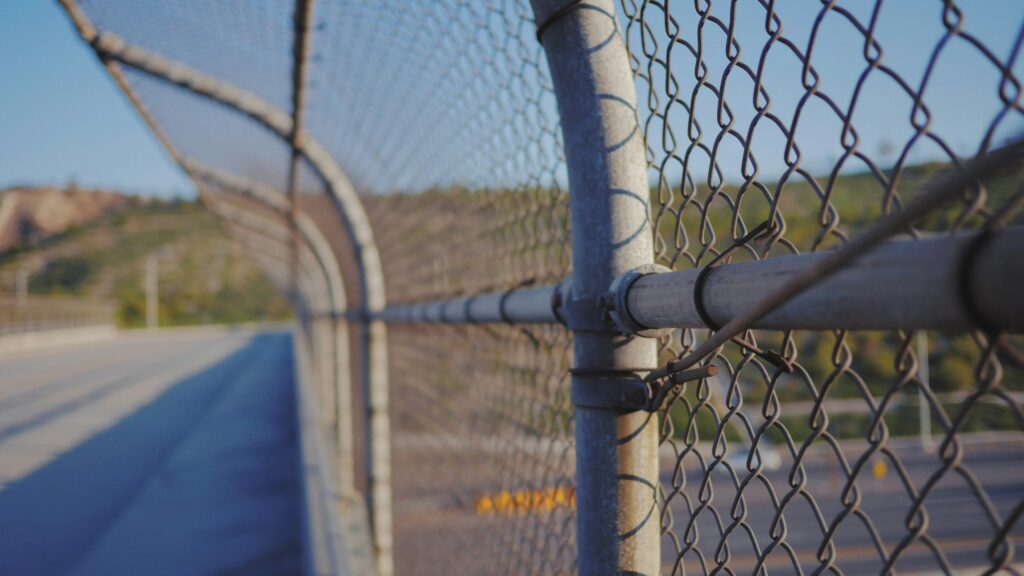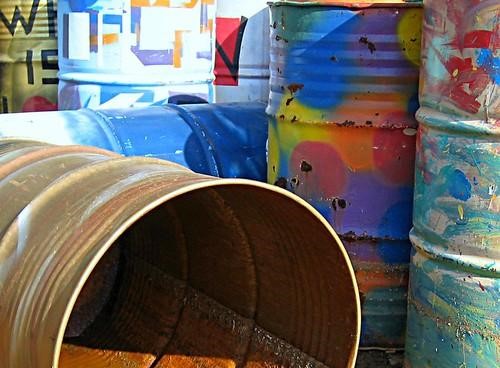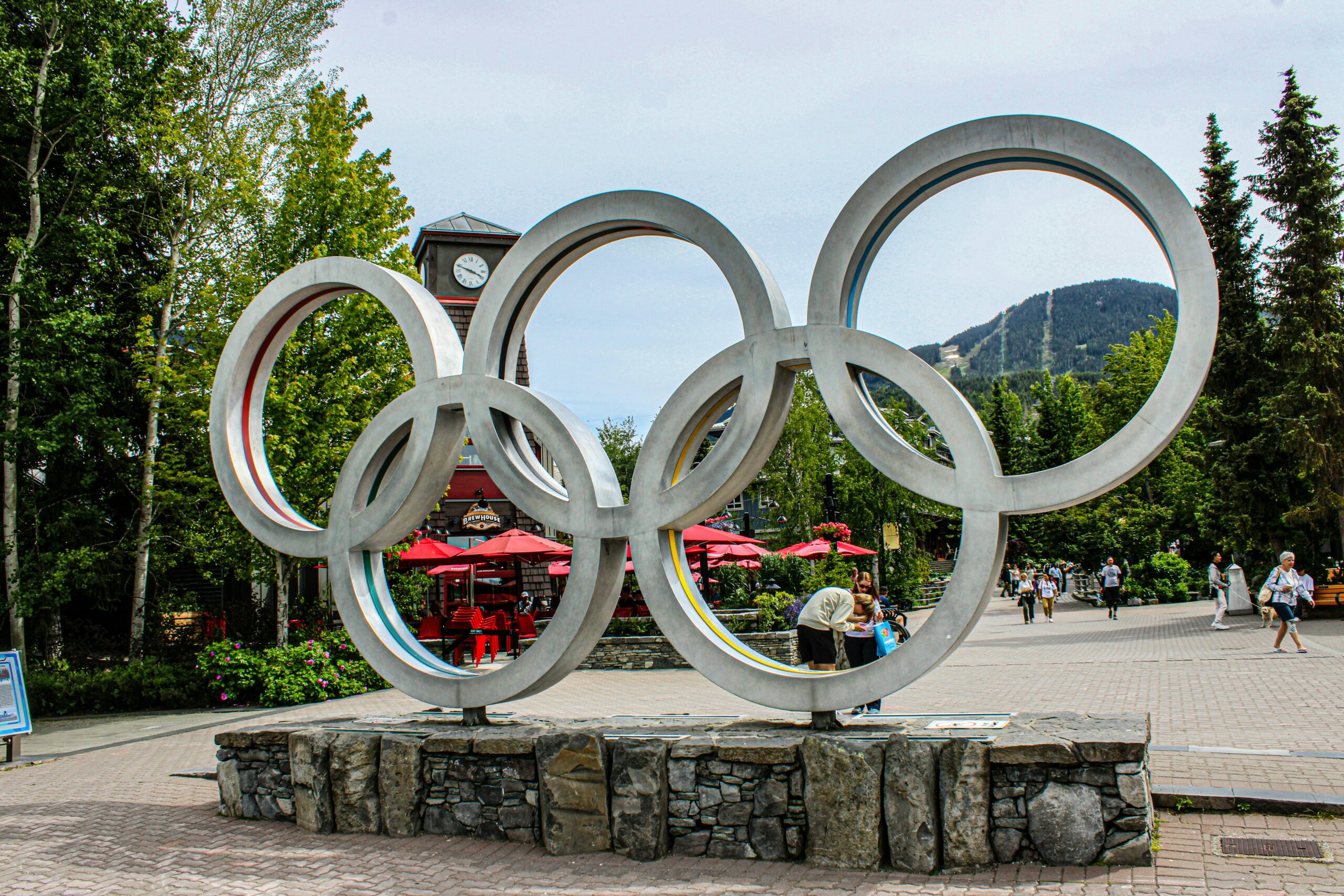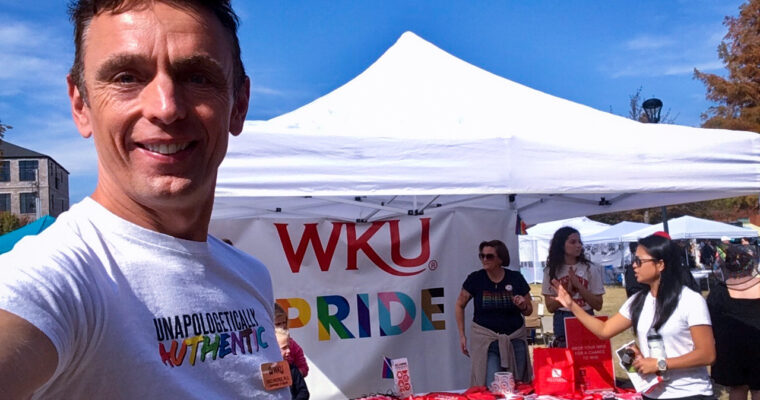Toxic environments would seem to be a given in horror films, and the creation and representation of spaces from which terror and violence can suddenly emerge are an inherent part of the genre. However, the nature and texture — or, what we might call, context and characteristics — of that environment are necessarily linked to the specific cultural moment from which they emerge. One of our current greatest anxieties — spawned most recently by images of the fleeing refugees from Ukraine — is immigration or, more particularly, the experience of being an outsider. This brief blog post looks at three recent horror, or horror-adjacent, films that can be seen to explore this very particular 21st-century anxiety, though one that is arguably as old as the creation of human societies.
The idea of “home” and the tensions between “not home” and “unhome” are central to the texture of the toxic environments under discussion here. The immigrant experience as seen in horror films is one that often focuses on the intersection between “home” and “toxic”, where what is considered as home becomes toxic in some way — domestic violence, extreme poverty, or war — and so then becomes “not-home,” forcing them to leave and try to find a new home, or as is often the case a new “not-home”, but one that is less toxic — physically or psychologically dangerous — than their original home. Horror film, which is often the perfect medium for effectively representing the anxiety around the sudden changing of safe environments into extremely threatening ones, is well suited for narratives describing the alienation or out-of-placeness that immigrants feel in a new country. This in itself is a characteristic of more recent films on the topic and, unlike popular or populist discourse, does not solely focus on the dangers of outsiders but rather the danger faced by those deemed as outsiders.
In the case of the three films discussed here, the outsiders/immigrants depicted are themselves very contextual, in that the nationality of the immigrants carries a very weighted meaning in their host country (a very similar weightedness is seen more recently when contrasting Syrian immigrants arriving in Europe with those from Ukraine, for instance). In this sense, the immigrants depicted in each film are those that are less welcome than others and are arriving into an environment that is already made toxic by pre-existing nationalist cultural narratives that do not recognise them as individuals in need of help but instead as a xenophobic threat. Horror films take a particular approach to representing these tensions and anxieties, as opposed to more realist or documentary style narratives, as they are inherently expected to manifest psychological monstrosity in physical form, and this is clearly seen in the examples chosen below.
The three films chosen — Mum & Dad (Sheil: 2008), His House (Weekes: 2020), and No One Gets Out Alive (Minghini: 2021) — feature immigrants from Poland, Africa and Mexico, respectively, entering the UK and/or the US at times when a very particular stigma surrounded such moves. Each film takes great pains to speak to the cultural context and the specific texture of the toxic environment the protagonists find themselves in and how they might survive it.
Mum & Dad focuses on Lena (Olga Fedori), who has just arrived at Heathrow Airport in the hope of finding work and a better life than she had in Poland. The airport itself becomes symbolic of an environment she has no connection to, and she herself is depicted as a commodity (baggage) moving through it and prey to anyone that might claim her. A worker at the airport offers to help, finding a bond in their shared exploitation, but she turns out to be a decoy who takes the girl to her “parents”, who turn out be brutal captors who thrust her into a toxic world. The “traditional” British home shown is one so extreme as to be the equivalent of a house of horrors: the television continually plays porn, they brutalise and handicap their “children”, and they celebrate Christmas with a real crucified man with a tinsel crown. Here, the alienness of other cultures becomes the stuff of nightmares, creating a toxic environment that leaves Natalia changed forever, even though she manages to escape. With no recourse to the authorities, or money to return home, she is left the victim of a culture that violently insists on changing her and seeing her solely as a commodity to be used and disposed off once it no longer has any need for her.

His House sees Bol (Sopi Dirisu) and his wife Rial (Wunmi Mosaku) arrive in the UK from South Sudan, a nation in conflict and consequently wracked with poverty, drought and starvation. They enter into an immigration system that only begrudgingly helps them, moving them to a house in an area that does not welcome them. The toxicity of the system and environment around them seems to concentrate in their new “home,” which seems alive with malevolence against them. Here, though, the nature of Bol’s relationship to his former home, which seems to have decidedly become not-home, is seen to link directly to the toxicity of the environment where they now live. They had pretended someone else’s child was their own to escape and now the child is dead. The guilt of their actions in South Sudan and the ghost, or “apeth”, they brought with them resonates with the dilapidated nature of the house such that it seems the structure itself is marking it out as not-their-home, just like the government immigration system. This toxicity, though, is eventually diffused through a level of acceptance of their guilt for their actions in their former home — the resolution tying Bol and his wife more closely together — so that their current one, whilst not exactly becoming “homely”, is less not-home than it was before. Here as a family in a toxic environment they find a form of home within themselves, if not with the environment around them.

No One Gets Out Alive focuses on Ambar (Christina Rodlo), a Mexican immigrant illegally living in the US. Her mother has died and the poverty of her home drives her to find a new life in America. However, her relations that already live there want little to do with her, leaving her to struggle to find underpaid work and cheap lodgings to stay in — even one of her workmates swindles her out of what money she has. The toxicity of the city-scape she finds herself in translates poverty, hunger and job precarity into a gothic-laden lodging house run by middle-aged brothers that cater solely for immigrants. Ambar is quickly assailed by anxiety, apparitions and threats of physical violence. This escalates into actual violence as it transpires the brothers are feeding the untraceable and uncared for lodgers to an entity in the basement.

The denouement here, as with Mum & Dad, reveals the extreme violence of the immigrant experience in the face of the unknown traditions of a different culture yet, as with His House, for Ambar some of this is tempered by a reckoning with previous guilt related to her former “home” and an equally violent reaction against the alien culture to retain her own sense of self. Within this there is also a sense that she finds some points of connection to the alien culture via the entity in the basement, which is also an immigrant of sorts. Here then she establishes a different kind of “home”, where its toxicity becomes her own, or at least one that she understands more clearly now. As the film ends, Ambar has become reconciled with this new “not-home,” and not unlike Lena and Bol has been forced to readjust both her sense of self and what she considers “home” in light of her experiences.
The three films point to the inherent nature of a world moving ever more towards large-scale displacements for reasons of poverty, war or environmental disaster and where “not home” will become increasingly common for ever greater numbers of people. Horror might be able to show us how scary the sometimes toxic environment of “not-home” is for others and also highlight the importance of finding points of commonality between ours and others’ ideas of “home.”
Simon Bacon is the editor of the forthcoming collection Toxic Cultures: A Companion in the Genre Fiction and Film Companions series, for which he is also the series editor.
Note: Many thanks to the members of the SCMS Horror Studies Scholarly Interest Group on Facebook for their suggestions for similarly themed films and in helping to define the term “not-home”.


 en
en  de
de 









